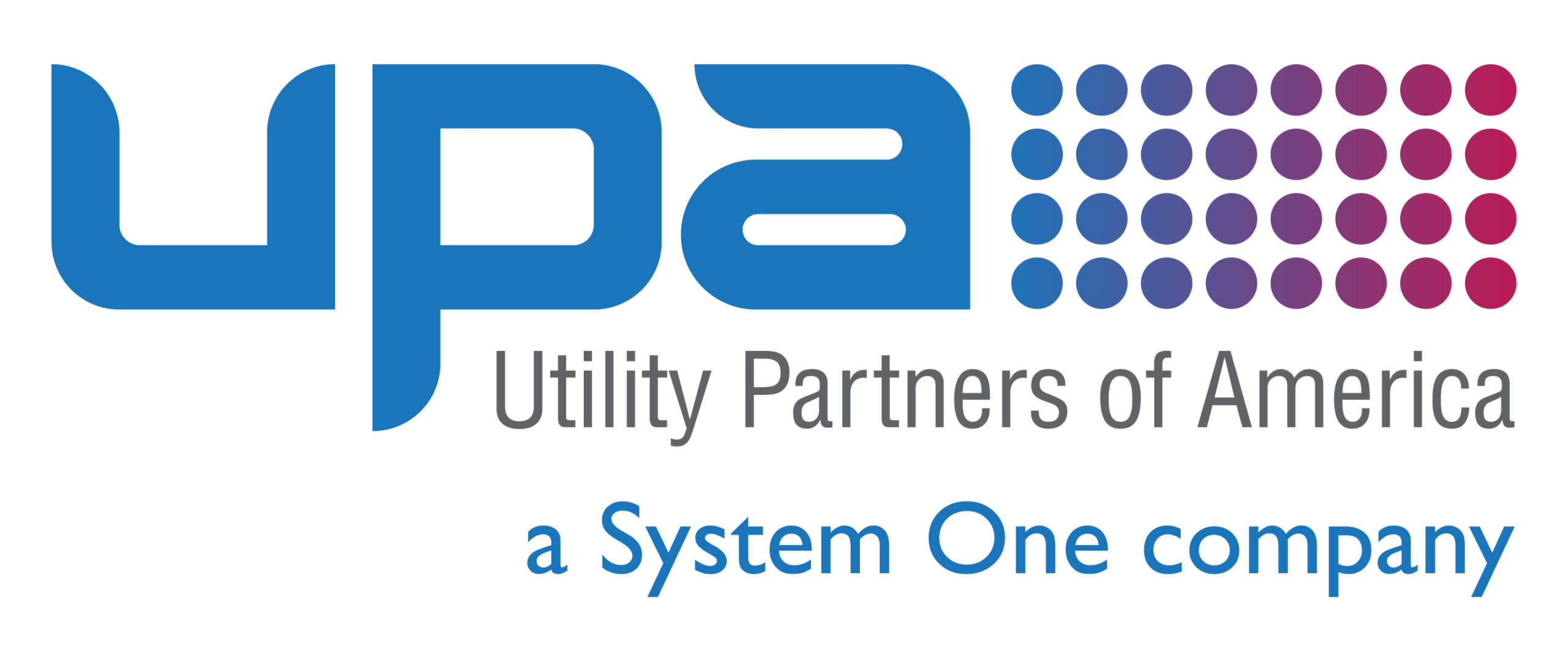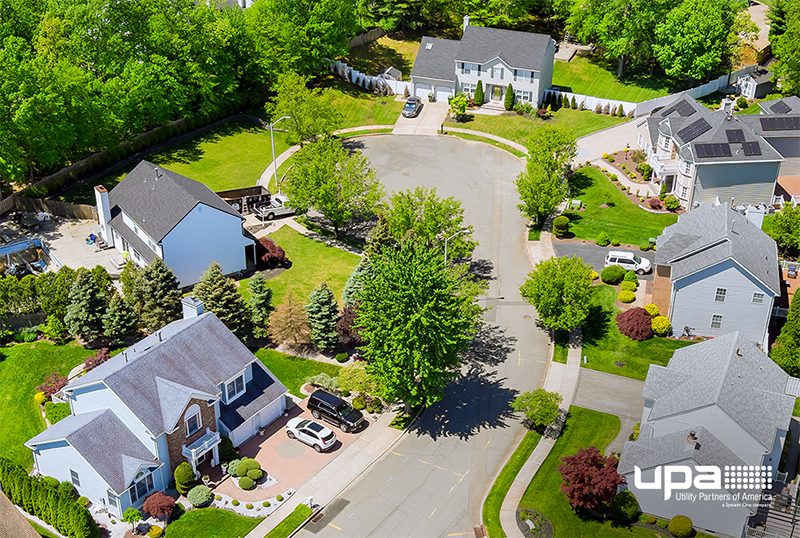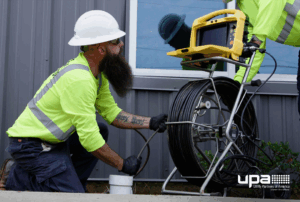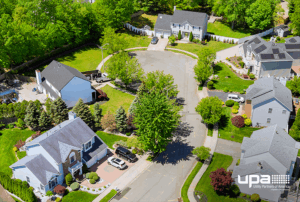Suburban communities across the U.S. are growing fast, and so are the demands on their utility infrastructure. As new housing developments and small commercial hubs expand utility providers are investing in next-generation smart gas meters.
For many areas, upgrading to smart gas meters is a critical investment in public safety, system performance, customer experience, and regulatory compliance. These upgrades offer benefits to both utility providers and the neighborhoods they serve.
Here are the top five reasons utility providers are moving forward with smart gas meter upgrades in suburban neighborhoods and how it supports both community wellbeing and operational performance.
Aging Infrastructure
Many suburban areas still rely on mechanical gas meters or first-generation advanced metering technology installed decades ago. In many cases these gen 1 devices have now reached or exceeded their useful life. This aging equipment is prone to wear, corrosion, and failure, increasing the risk of leaks, inaccurate billing, and service disruptions. Upgrading to next gen meters and tech enhances safety, improves billing accuracy, and strengthens system reliability, while reducing maintenance demands and emergency response costs.
Community Benefits:
- Fewer leaks for a safer neighborhood and environment
- More accurate, transparent billing
- Better protection against gas-related emergencies
Utility Benefits:
- Fewer Field visits and less manual reading
- Lower liability exposure
- Enhanced trust with regulators and customers
Support Suburban Growth
Suburban areas are growing fast, and utilities need scalable systems that won’t raise operational costs. Smart meters with Advanced Metering Infrastructure (AMI) enable seamless integration of new homes and businesses into the gas network. They support long-term growth by allowing remote meter reading, real-time usage monitoring, and system optimization while maintaining service quality and safety.
Community Benefits:
- Faster service activation in new neighborhoods
- Fewer delays in connecting or expanding service
- Improved coverage in growing areas
Utility Benefits:
- Automated meter data collection
- Forecasting tools for load management
- Infrastructure that scales with minimal disruption
Enhanced Safety and Leak Detection
Safety is a key driver of gas meter modernization. Legacy meters lack built-in safeguards, while smart meters offer leak alerts, pressure sensors, and automatic shutoffs that enable faster response and early issue detection. They also log events, detect tampering, and connect to control systems, reducing downtime, improving compliance, and lowering the risk of costly outages or safety incidents.
Community Benefits:
- Real-time alerts for leaks or pressure drops
- Faster emergency response and restoration
- Peace of mind for residents
- Reduced greenhouse gas emissions
Utility Benefits:
- PHMSA-aligned safety practices
- Reduced unaccounted-for gas (UAF)
- Improved reliability ratings and public trust
- Reduced greenhouse gas emissions
Improved Customer Satisfaction
Today’s suburban households expect more from their utility providers: transparent billing, self-service access, and timely communications. Smart gas meters meet these expectations by offering real-time usage data, faster service restoration, and fewer billing surprises. They support digital convenience and reliability; while also giving utilities the customer insights needed to reduce complaints, improve support, and strengthen their service reputation.
Community Benefits:
- Transparent, accurate bills
- Mobile or web-based usage dashboards
- Better communication during outages
Utility Benefits:
- Fewer customer service calls
- Faster resolution of disputes
- Higher satisfaction and Net Promoter Scores (NPS)
Regulatory Compliance and Incentives
Many states now mandate the replacement of outdated gas meters as part of broader infrastructure modernization and emissions reduction goals. To support these efforts, some regulators offer financial incentives, cost recovery mechanisms, or grants to offset the cost of smart meter deployments. Upgrading helps ensure systems meet current safety and environmental standards while positioning utilities to benefit from rate case support and funding opportunities.
Community Benefits:
- Assurance that infrastructure meets modern codes
- Eligibility for state and federal energy initiatives
- Fewer service disruptions due to outdated technology
Utility Benefits:
- Cost recovery through state utility commissions
- Access to funding for modernization
- Improved positioning in long-term planning reviews
Upgrading to smart gas meters and converting from AMI 1.0 to AMI 2.0 requires the right talent, tools, and technical know-how. UPA is a trusted installation partner with the experience and equipment to help utilities make a smooth transition to modern infrastructure.
Receive a tailored quote on smart gas meter service to your suburban communities. Request a free 15-minute consultation with UPA’s Meter Services team.





